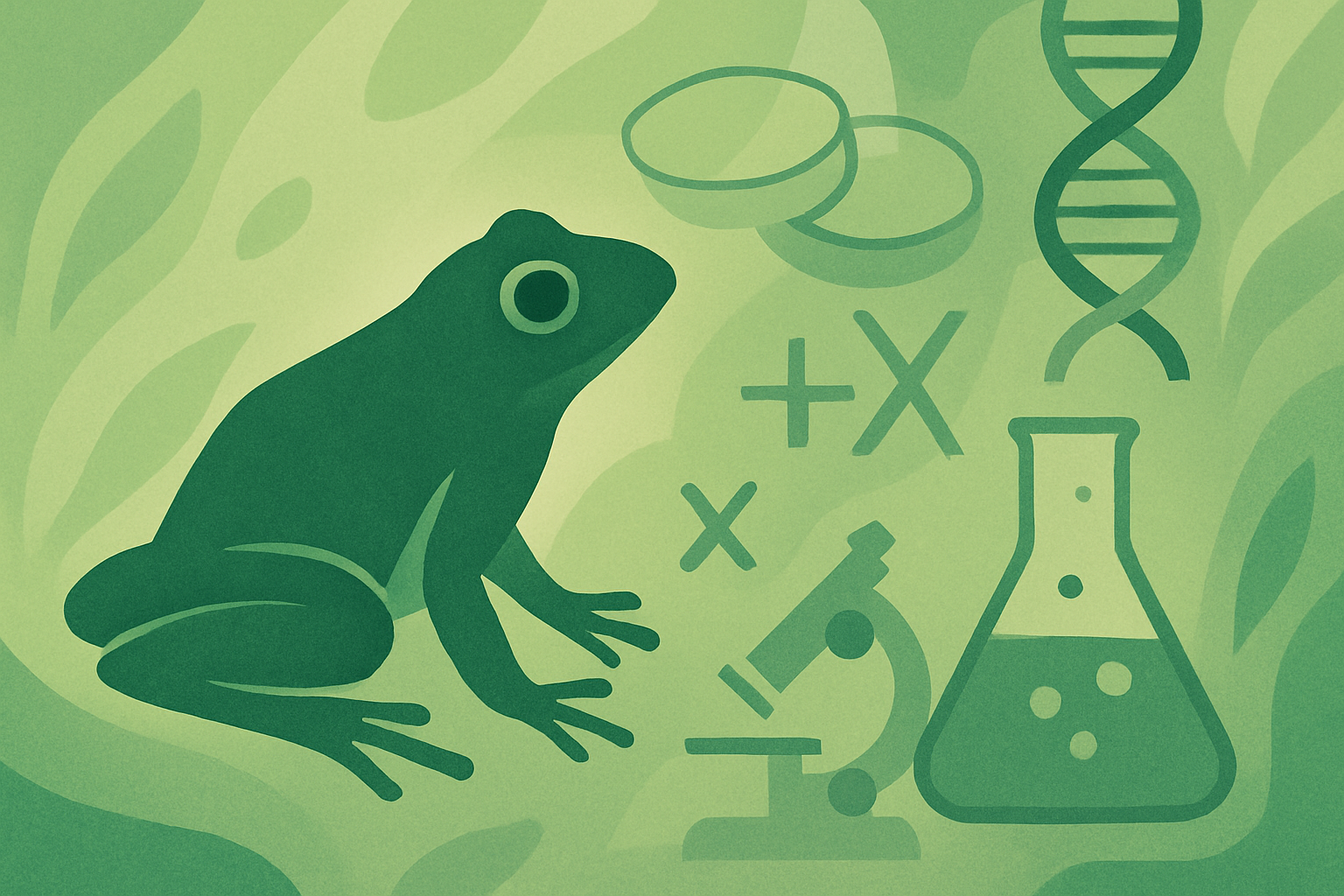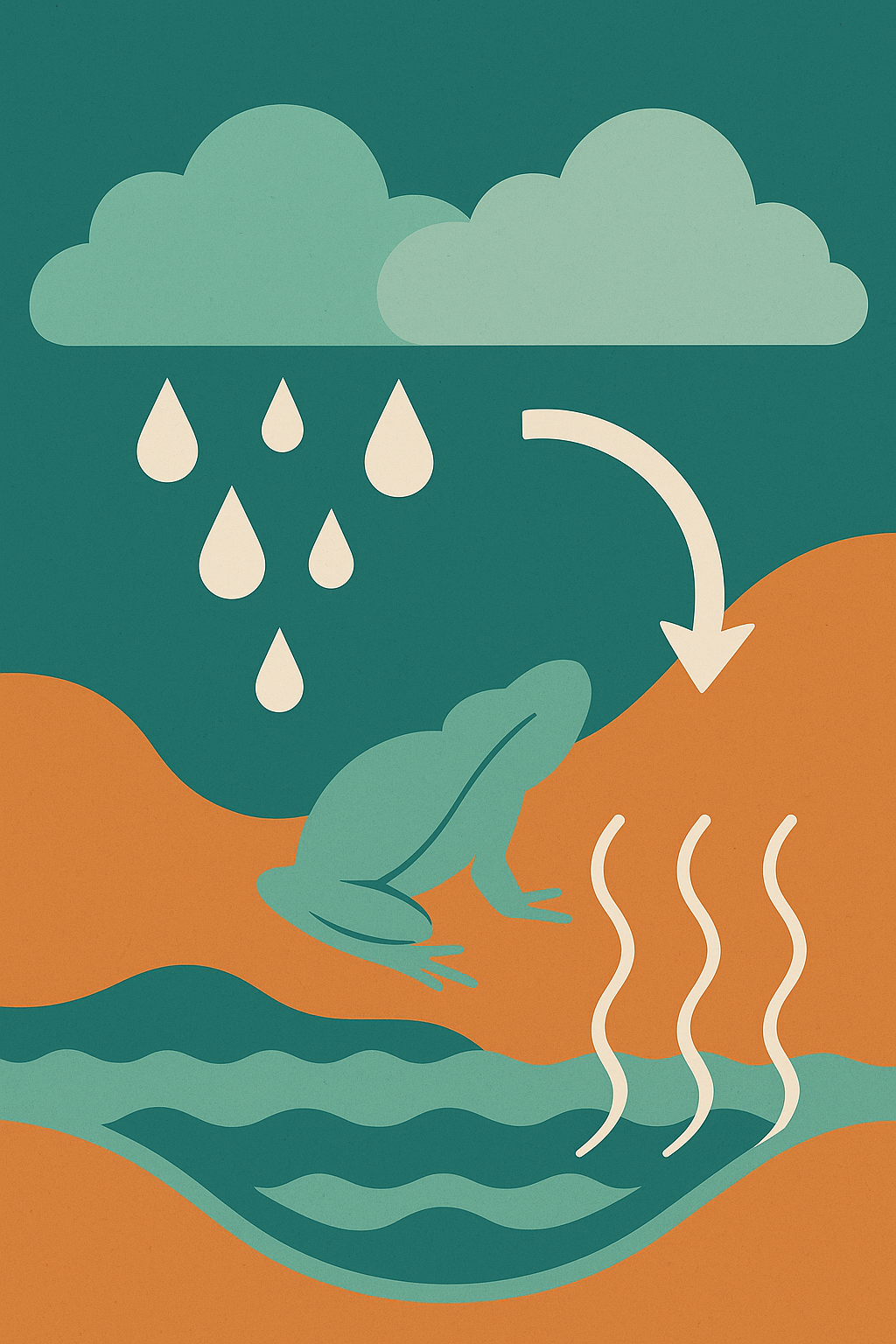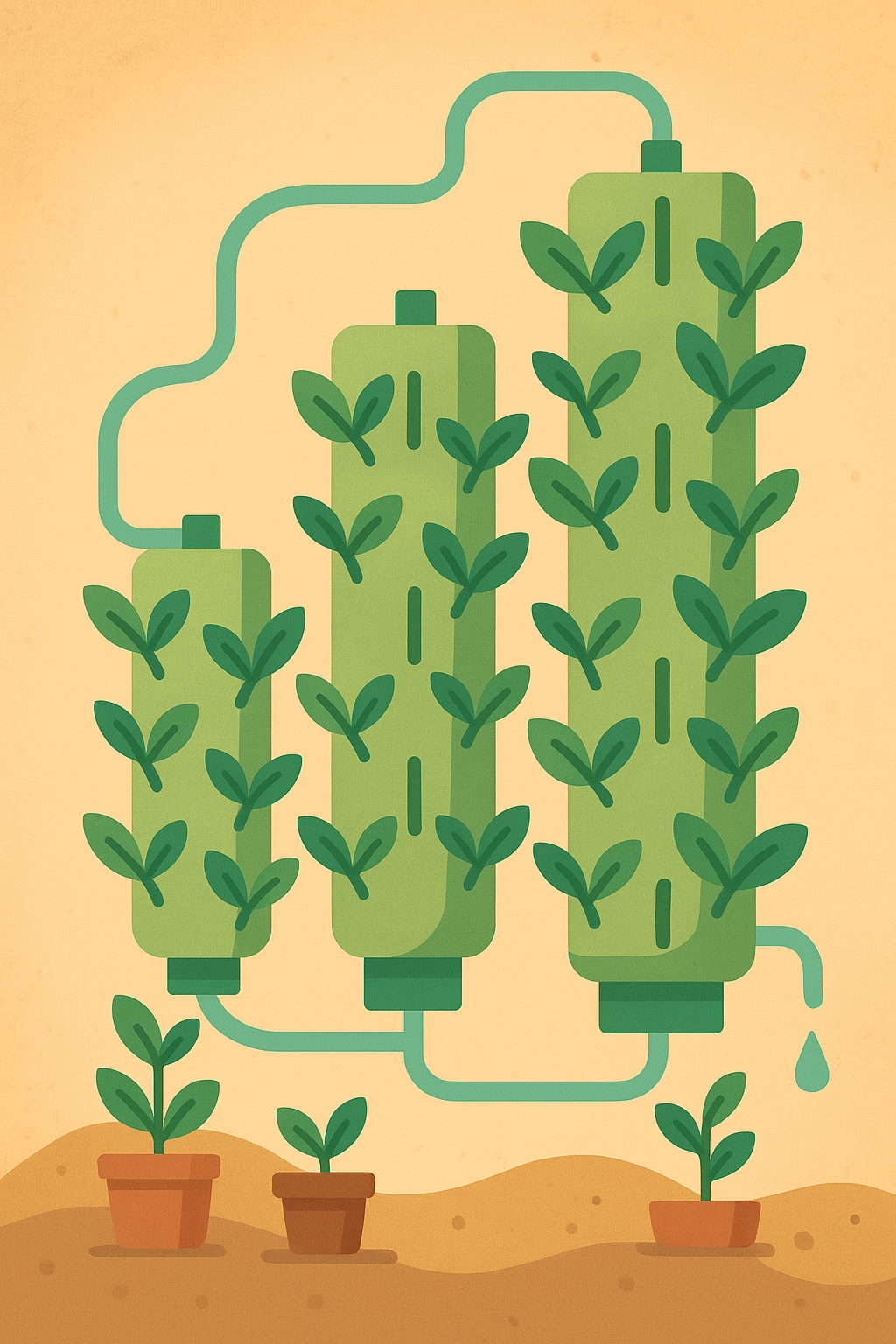Projects & Case Studies

Frog Dissection (Earth Science)
Objective: Provide students with hands‑on experience in anatomy, physiology and ecosystems.
Implementation: After reviewing amphibian anatomy and ecological roles, students worked in groups to dissect frogs. Steps were demonstrated using Smart Board technology and followed by a digital assignment to document findings.
Outcome: Post‑project assessments showed that 95% of students could identify and explain major organs (up from 75%). The activity sparked curiosity about environmental science and amphibian conservation.

Technology Integration in Algebra
Objective: Enhance student comprehension and performance in Algebra by integrating technology into every aspect of the curriculum.
Implementation: Over four years, I introduced Smart Boards for dynamic presentations, iPads for individualized practice and educational software for interactive problem solving.
Outcome: Student engagement scores increased by 40%, mastery of key algebraic concepts rose to 85% (from 60%) and Regents pass rates climbed from 70% to 90%.

Water Cycle Project
Objective: Deepen students’ understanding of the hydrologic cycle and its processes.
Implementation: Students learned the theory using Smart Board lessons, then built clay and paint models to visualize evaporation, condensation, precipitation and collection. They also researched and presented descriptions of each stage.
Outcome: After the project, over 98% of students could accurately explain the water cycle (up from 60%). The creative experience increased their interest in Earth Science.

Introducing Hydroponics
Objective: Introduce students to alternative farming techniques and sustainability through hydroponic towers.
Implementation: Students built vertical hydroponic towers, set up water circulation systems and germinated seeds. They monitored germination and recorded observations to understand plant biology and environmental science.
Outcome: Although still in its early stages, the project has already increased student engagement and curiosity about sustainable technologies and environmental stewardship.